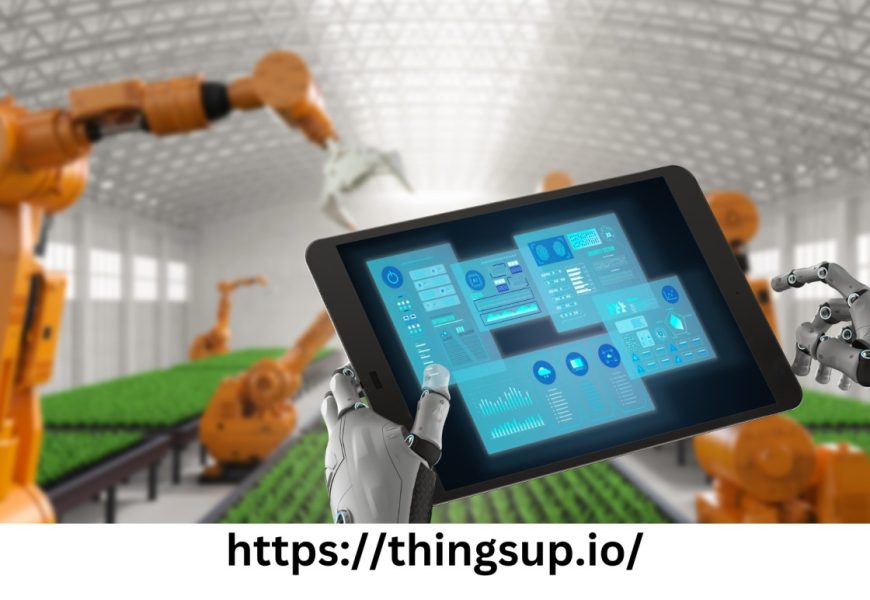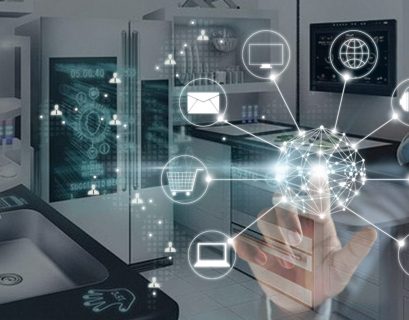Key IoT Applications in Agriculture
- Precision Farming
- Livestock Monitoring
- Smart Irrigation Systems
- Climate Monitoring
- Supply Chain Optimization
Benefits of IoT in Farming
Increased Yields: Farmers can fetch important data using IoT platforms to make smart decisions that help them grow more crops. Cost Reduction: By making more efficient use of resources like water, fertilizers, and pesticides, IoT technology helps lower the prices of these necessities. Real-Time Monitoring: Farmers can keep an eye on their crops and livestock in real-time, which lets them deal with challenges quickly. Improved Quality: Consistent monitoring ensures that crops and livestock are maintained optimally, producing higher-quality produce.How Farmers Becoming Rich With IoT Applications
Boosted Efficiency and Output
IoT platforms help farmers at every step of their operations. Such platforms can provide important insights, which farmers can use to cut their costs by performing optimized farming. These insights streamline farmers’ workflows and reduce waste, ultimately maximizing output. For example, precision farming techniques enabled by IoT can optimize planting patterns, irrigation schedules, and fertilizer use. Precision Planting: Farmers can use GPS and IoT-enabled equipment to plant crops at optimum distances, making the best use of space and resources. Variable Rate Technology (VRT): VRT makes it possible to precisely use sources like pesticides, seeds, and fertilizers. A MarketsandMarkets study says that VRT can multiply crop yields by 10 to 20% and lower input costs by 15 to 25%. Real-Time Data Analytics: Farmers can make quick decisions when they monitor the weather, crop growth, and soil health.Cost Savings
Many people have said that integrating IoT solutions into their processes is too expensive. While initially, IoT solutions may be a little expensive, in the long term, they can also save a lot of money. Using automated systems and resources efficiently lowers the cost of inputs like water and fertilizers. In return, less manual work is needed. Automated Irrigation: Smart irrigation systems adjust water levels based on real-time soil moisture data. A study by the National Institute of Agricultural Research in Spain showed that IoT-based irrigation systems increased crop yield by 15% while lowering water use by 25%. Reduced Labor Costs: With automation, tasks like checking on the health of crops, keeping track of livestock, and operating machinery require less manual labor. Efficient Resource Management: Internet of Things (IoT) monitors help farmers use fertilizers and pesticides more efficiently, decreasing waste. Precision agriculture techniques can reduce fertilizer usage by 20% and pesticide usage by 30%. This leads to substantial cost savings.Market Access and Supply Chain Optimization
Today, farmers can connect directly to the market with the help of IoT platforms. IoT apps have enabled farmers to access high-value markets. This ensures complete transparency in the process of bringing crops from farm to market. Additionally, farmers receive a fair price for their crops. Ultimately, they can make more money. Supply Chain Transparency: IoT-enabled traceability tools give real-time information about where food comes from, how it was handled, and its condition. This level of openness builds trust with customers and stores, often leading to higher prices. Quality Assurance: IoT devices monitor factors like temperature and humidity in storage to ensure that food stays fresh and meets quality standards. Direct Market Access: IoT systems can link farmers directly with customers through online marketplaces. Cutting out middlemen lets farmers get a bigger share of the final price of the product.Livestock Health Monitoring
In livestock farming, IoT is used for health monitoring tools that monitor animal health. These systems can find early signs of illness, which means that people can get care right away, and the death rate goes down. When animals are healthier, they produce more food and make more money for farms. Wearable Devices: Wearable IoT devices for animals keep an eye on their vital signs, like their heart rate, temperature, and amount of activity. Finding health problems early on can stop disease outbreaks and make the health of the whole group better. Automated Feeding Systems: These systems make sure that animals get the right amount of food at the right time, which helps them grow and produce more. Behavioral Monitoring: IoT devices keep track of how animals move and behave, which gives information about their health and activity. For example, strange movement patterns can be a sign of illness or worry that needs to be dealt with right away.Improved Decision-Making
IoT platforms are very useful in providing accurate insights to farmers by collecting data from various sources. With whose help farmers are able to make the right decisions. Using this data driven approach, farmers are getting better outcomes which increases their profitability. Predictive Analysis: Internet of Things (IoT) platforms can make predictions about weather trends, food yields, and pest infestations by analyzing both past and present data. This makes it easier for farmers to plan their activities. Resource Allocation: IoT data helps farmers in optimized resource allocation. by using IoT platforms farmers can strategically use resources like water, fertilizers, and pesticides where they are most needed. This targeted approach increases farmers’ return on investment and ultimately increases their profitability. Risk Management: IoT platforms have proven to be very useful in risk management. These provide early warning about adverse weather conditions, pest outbreaks, and other potential risks. Farmers can take preventive measures by using them so that they suffer minimum losses.Conclusion
The integration of IoT platforms in agriculture has transformed traditional farming practices. With the help of data and technology, farmers can increase their productivity, cut costs, and reach better markets. Although IoT technology is still changing, it will have a bigger effect on farming in the future, making it smarter and more profitable for farmers all over the world. Ultimately, they can not only lead to efficient farming but can also get rich in this modern economy. Read more: https://ghaniassociate.com/cisco-distributor-in-dubai-are-leading-a-tech-revolution/From Lounging to Running Errands: Warm and Comfy Hoodie
Visited 4 times, 1 visit(s) today

















